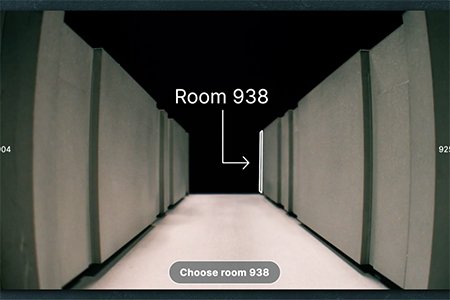COVID-19 Indoor Safety Guidelines
Indoor safety is crucial to curtailing the spread of the SARS-CoV-2 virus. How can we protect ourselves in a closed environment? How do we ensure safety in our homes, schools, and other indoor public spaces? The online tool created by Josh W. Bush, Martin Bazant, and Kasim Khan captures the realities of the infectious potential of COVID-19 in indoor spaces. The COVID-19 Indoor Safety Guidelines tool allows a user to tinker with the controls: you can choose the room specifications, the number of people, the kind of activity. Once the information is plugged in, the system tells you how many hours it would take for people to get infected, provided there is one positive case of COVID-19 in the room.
This tool brings data, computing, and research into a user-friendly and comprehensible format, keeping us better informed about the risk of infection in these uncertain times.
About the Contributors
John W. Bush is Professor of Applied Mathematics in the Department of Mathematics at Massachusetts Institute of Technology (MIT). A fluid dynamicist, he has worked on geophysical and environmental flows, but he now focuses on surface tension-driven phenomena, their applications in biology, and hydrodynamic quantum analogues.
Martin Bazant is Professor of Mathematics at MIT. His research is at the intersection of engineering, physics, and mathematics, motivated by societal needs in energy, the environment, and sustainability.
Kasim Khan is a recent Cornell graduate with a background in chemical engineering and business, looking to accelerate the adoption of renewable energy.
















